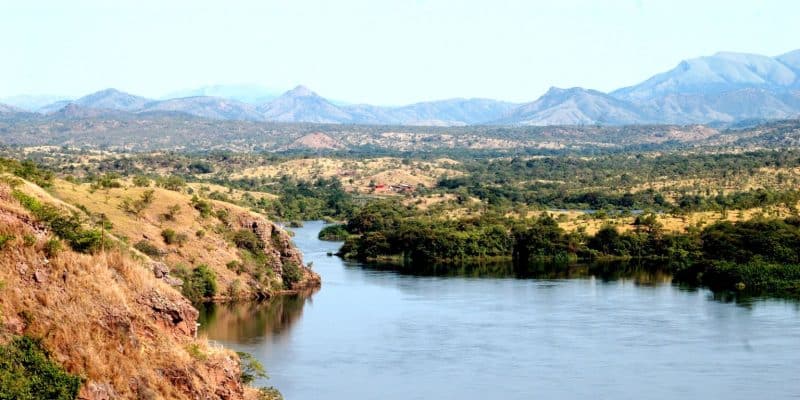The 'Drought Policy Support System in Southern Angola' project is being launched in response to the drought. The Angolan branch of the National Space Programme Management Office (GGPEN) will rely on $550,000 in funding from the National Aeronautic Space Administration (NASA) to implement the project.
Over the next three years, three National Aeronautic Space Administration (NASA) remote sensing satellites will provide data to mitigate the effects of drought. This operation will be carried out within the framework of the project ‘System of Support to Drought Policies in Southern Angola’, launched on 26 January 2023 by the Angolan Ministry of Telecommunications, Information Technology and Social Communications (MINTTICS), the National Space Programme Management Office (GGPEN), which is implementing the project in partnership with the Massachusetts Institute of Technology (MIT), and the Space Enabled Research Group of the MIT Media Lab.
NASA’s orbiting remote sensing satellites will identify available water resources in southern Angola and locate settlements and areas threatened by drought. The information gathered will then be used as a basis for short, medium and long-term decision-making in the area.
Read also – ANGOLA: Women suffer the brunt of global warming
The data collected will also be organised and shared in the implementation of drought projects in southern Angola. The country is currently experiencing its worst drought in 40 years according to the World Food Programme (WFP). The south-west of the country is severely affected, with more than 1.3 million food insecure people in the provinces of Cunene, Huila and Namibe in 2021.
The Angolan branch of GGPEN will rely on $550,000 in funding from NASA to carry out the work under the project “Drought Policy Support System in Southern Angola”.
Inès Magoum







